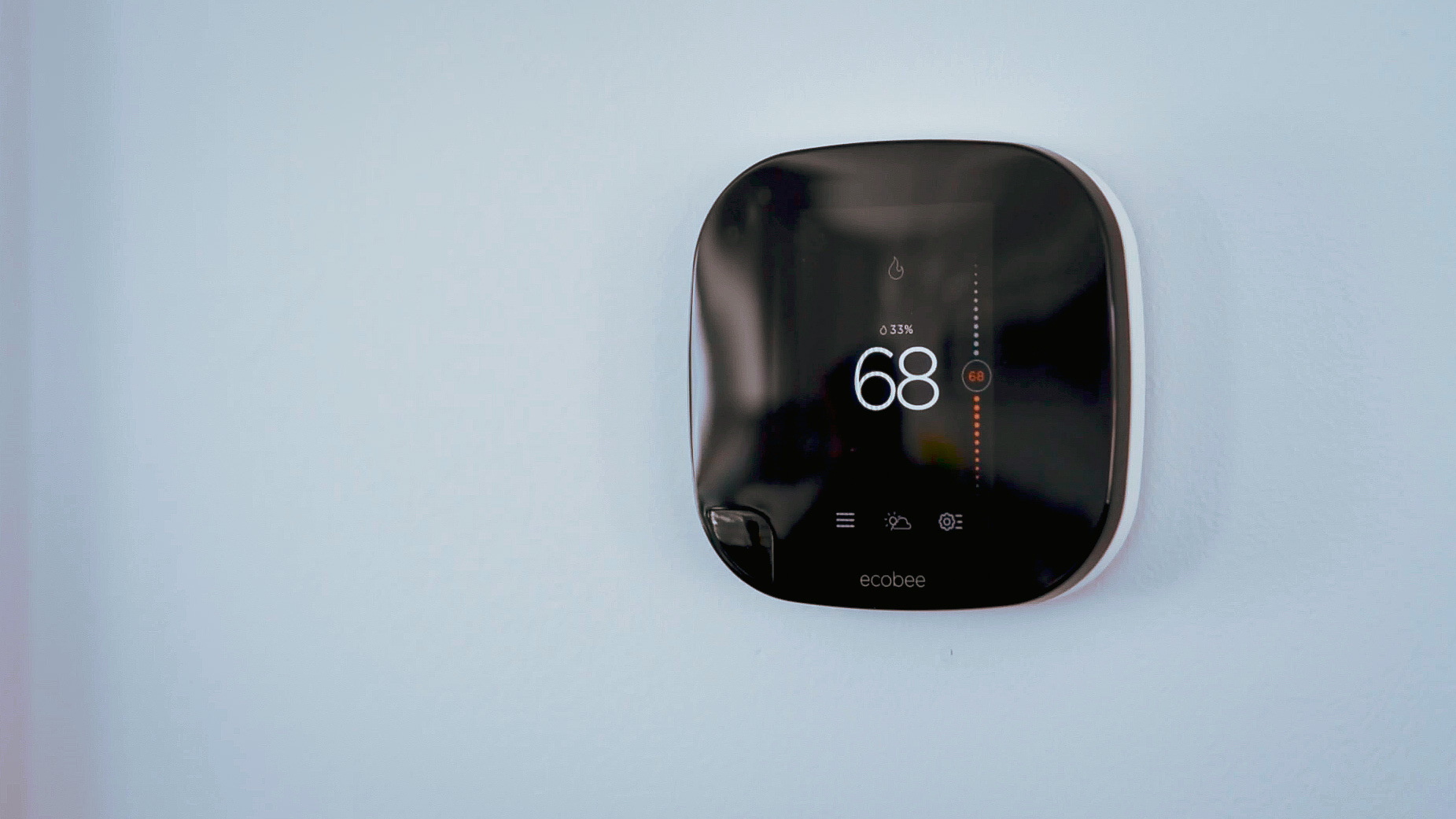Information on this page is for customers in
{{ town-name }}
New Hampshire News
Blog
Smart Thermostats Can Help Save Energy During Peak Demand
Sep 18, 2023
 energy efficiency
smart thermostat
demand response
energy efficiency
smart thermostat
demand response
Did you know that residential thermostats control approximately 9% of the total energy consumption in the United States? That’s the same amount of CO2 that would be generated from a car consuming over 17 billion gallons of gasoline!
Smart thermostats have been available for about a decade and are known for their convenience as they let homeowners and renters control their home’s temperature from their phones or tablets. But how beneficial are they in saving energy and lowering your carbon footprint?
The U.S. Department of Energy estimates that if thermostats are set back to seven to 10 degrees for eight hours a day homeowners can save as much as 10% on heating and cooling costs. ENERGY STAR® certified smart thermostats are guaranteed to deliver energy savings.

Smart thermostat vs. Programmable thermostat
What about programmable thermostats? Can’t they do the same thing?
Like programmable thermostats, smart thermostats can automatically set the temperature of your home. However, research has found that about 40% of programmable thermostat users either do not know where the settings are or know how to change them.
Many smart thermostats can be controlled through a mobile app or web portal and are much easier to use, increasing their popularity and helping more people with energy savings. Smart thermostats are also able to learn your heating and cooling patterns and make suggestions on the best times to adjust your thermostat for optimal savings.
An example of this is during peak demand events.
The Integration of Smart Thermostats and Peak Demand Events
Peak demand typically happens during the summer months and refers to time periods when energy use is at its highest—on very hot days, and especially on weekdays between 3 – 8 pm. This time of year has the highest levels of electricity use and is when electricity is more expensive due to the strain on the electric grid.
Smart thermostats connected to air conditioning can be programmed to automatically adjust energy use during these peak demand times, and some can sync up with utility company programs that remotely adjust thermostat settings for you in exchange for discounts or incentives.
Opportunities and $70 in Rewards with ConnectedSolutions
We offer customers $50 per thermostat for their enrollment in our ConnectedSolutions program. This program is designed to reward our customers for reducing their electricity use during periods of high demand, which helps the environment and the reliability of the electric grid. ConnectedSolutions participants’ thermostats are slightly adjusted during periods of peak demand between June 1 and September 30. Participants can opt out of these peak events at any time. At the end of the summer, participants then receive an additional $20 per thermostat.
Replacing your thermostat is one of the least invasive and inexpensive ways to optimize your energy savings and reduce your carbon footprint.
Other Ways to Save Energy During Peak Demand Events
If you already have a smart thermostat, there are many other ways you can conserve energy during peak demand times, such as:
- Keeping shades closed during the hot days to keep rooms cool
- Using fans to keep rooms cool instead of running the A/C unit.
- Waiting to do heat-producing tasks or running large home appliances like cooking, laundry, and dishwashing during cooler hours. An alternative is to take these tasks outside by grilling and hanging clothes to dry
- Turning off all unnecessary lights, appliances, and electronics
Charging your electric vehicle during off-peak hours, or the timeframe outside peak energy demand that avoids the hours of 3 PM – 8 PM